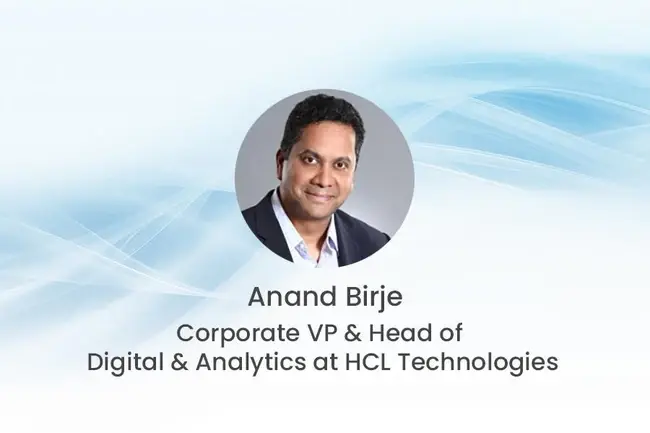
With digital transformation now mainstream in enterprises worldwide, business leaders are no longer asking “why?”, but “how?”. At the core of digital transformation is enterprises’ ability to build organisational and technological agility, which together enable business process agility. The rapid evolution in digital technologies such as cloud, IoT, AI, data, positioning systems, AR/VR, APIs, etc. can help to create new business outcomes if the enterprise is adaptive and composable at its core. As organisational structures and cultures across industries are at the tipping point of change, enterprises are challenged to build and retain a technically savvy, culturally diverse and agile workforce.
Becoming digitally adaptive
With change being the only constant, enterprises that thrive in the digital economy do so by creating lean, agile teams of people who implement technology as an extension of themselves and are ready for lifelong, continuous learning. For employers, the onus then becomes creating a culture that encourages learning and providing their workforce with the resources and tools to help them along this journey of continuous improvement.
By providing constant learning opportunities, enterprises benefit from a workforce that is ready for disruptive, daily changes in technology. A digitally-adaptive workforce produces greater innovation, enterprise agility, and the capacity to predict rather than react to market changes. Creating a culture of learning also helps enterprises hire and retain top talent, as studies have shown that for new-age employees – particularly millennials – the ability to learn while working is a top factor attracting them to a company.
With that in mind, here are five steps business leaders and change drivers can take to support a culture of continuous learning:
1. Evolve your “interview and onboarding” processes
In the digital age, expertise is far more important than years of experience, and the ability to collaborate exceeds individual brilliance. Many years ago, Tim Brown (founder of IDEO) established the term “T-shaped employees”, which represented depth, expertise and the ability to collaborate as the key attributes for future employees. Enterprise hiring practices need to change to reflect this transition. It’s time to move beyond scripted interview questions and GPAs, and test potential hires by putting them into real-life situations they could expect to face at work. An effective technique is hack-to-hire initiatives, which test candidates on not just subject knowledge, but their ability to innovate, collaborate with people they don’t know well, fail fast, and bounce back – all attributes that signal resilience, collaboration and adaptability.
2. Interlink learning and performance
While the current generation of employees is typically more learning-focused than its predecessors, it is important for organisations to do their part by incentivising continuous learning. This might involve initiatives that link individual performance with a drive to learn. Well-exemplified by companies that support temporary cross-functional roles for their employees, these initiatives allow them to build expertise beyond their function and gain a more holistic view of enterprise operations. Enterprises should also ensure that employees get the opportunity to practice what they learn in real life, weaving continuous learning into the fabric of the organisation long-term.
3. Create learning paths
Rather than leaving it up to employees to define their learning and find resources to enable it, enterprises should create learning tracks tied to career progression, both within and outside the organisation. This can be done in-house, or with the help of external vendors to create activities customised to a specific industry. Some organisations are also partnering with universities to launch credit-based programmes that allow employees to upskill, upgrade their resumes, and gain practical on-the-job experience by applying these skills.
4. Ensure resources are accessible
Merely creating learning programmes is not enough, however. Organisations should ensure that the HR and IT departments work together to make the content easily accessible, ideally on consumer-grade technology platforms. It’s also important to ensure that work and learning do not interfere with each other. For instance, instead of mandatory group sessions that could cause scheduling issues, enterprises could record webinars to be replayed on-demand.
Ideally, employees should also be able to gain experience by interacting with the teams working on projects that demand these skills. This promotes internal mobility while fostering cross-functional teams.
5. Revitalise the learning and development function
Since it has the responsibility of maintaining continuous learning within the enterprise, the learning and development function must play a role beyond building course catalogues for employees. It creates innovative, employee-centric experiences and promotes interdisciplinary thinking, so the learning and development function should shift its focus. Rather than solely content creation, learning and development should have a more complex role, leveraging technology that leads the enterprise’s cultural transformation toward continuous learning.
Investment in continuous learning matters
Enterprises need to rethink, restructure, and reinvent their approach to upskilling and educating their workforce. It may not yield instant returns, but creating a culture of learning is no longer a matter of choice, but a necessity. Businesses that get it right will find themselves attracting and retaining the best talent, and in possession of a workforce that can keep up with the challenges presented by a dynamic digital economy.
What's the difference between hybrid and multi-cloud? Find out here.




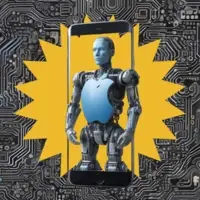
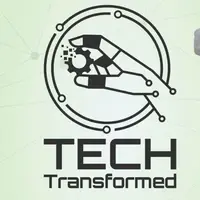

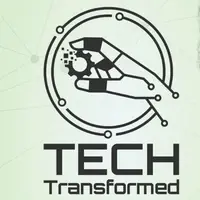

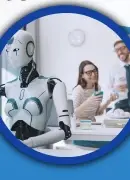

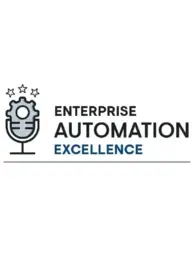

Comments ( 0 )